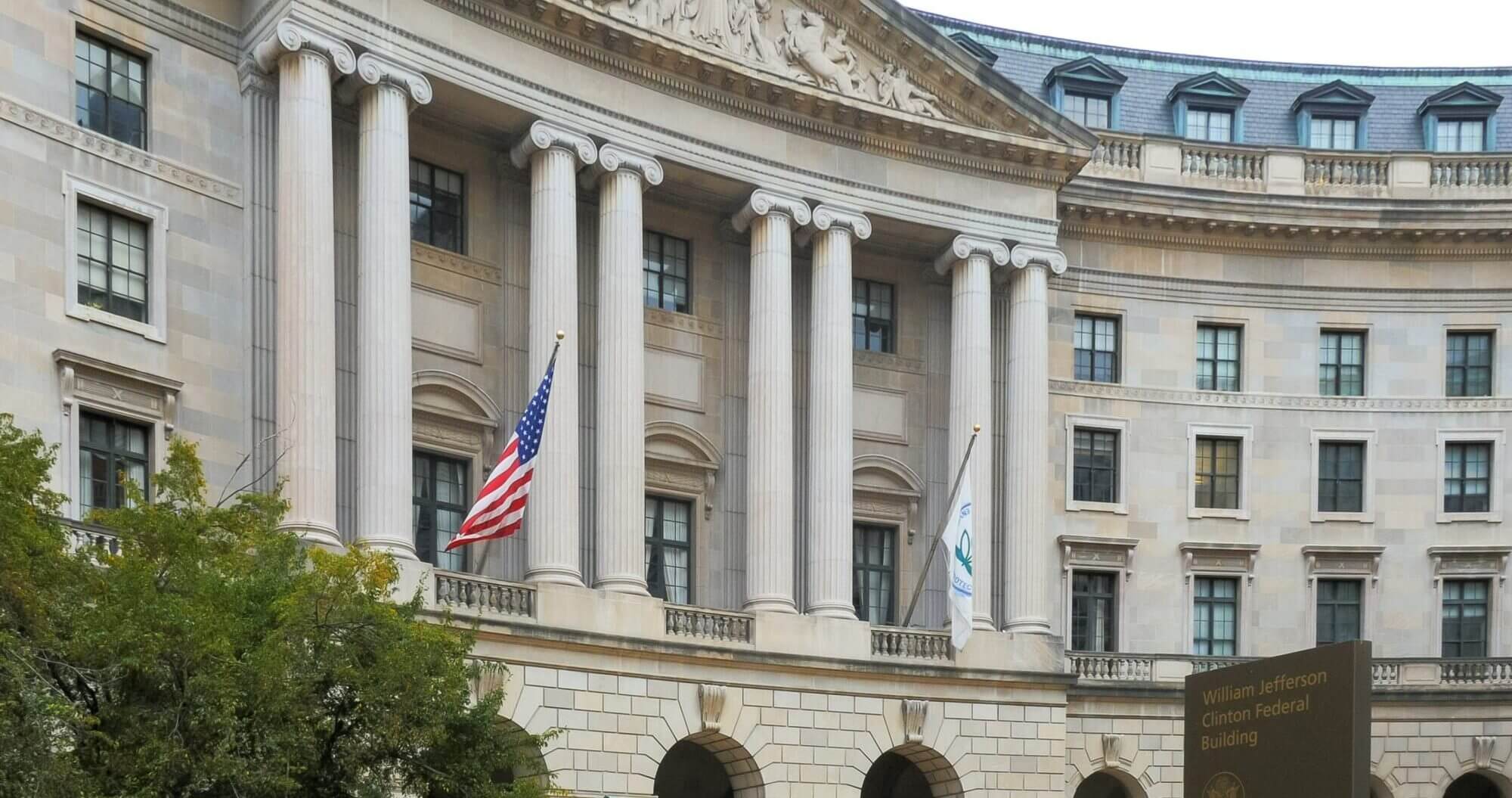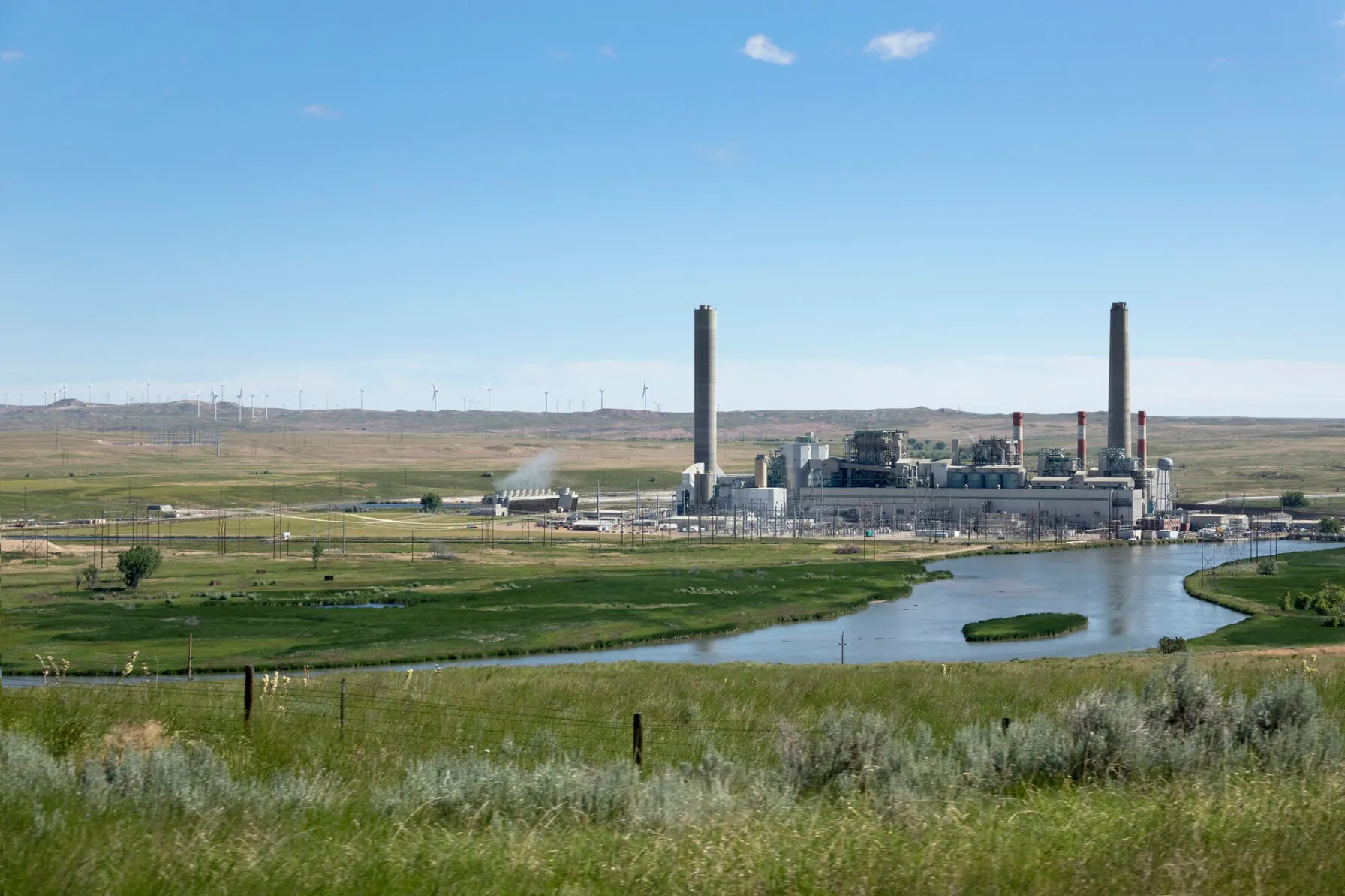Projects
TRC Is Providing Recommendations On Potential Building Alternations And Exterior Flood Protection Systems
TRC is completing Flood Emergency Response Plans (FERPs) on four Massachusetts Department of Transportation properties in District 6. FERPs include an evaluation of each property to identify critical building systems and/or low-lying areas for vulnerability to flooding, damage, and failure. Services included:
- Managing a new group of internal and external stakeholders and subject matter experts with the goal of enhancing MassDOT’s resiliency program
- Updating and developing policies, procedures, specifications and guidance related to incorporating resiliency into all agency functions
- Vulnerability assessments and preparation of Flood Emergency Response Plans (FERPs) for multiple critical assets
For the most recent vulnerability assessments and FERPs, TRC’s climate experts are running models to evaluate current and future flood potential for a 0.2% event (500 year). Flood models include hurricanes, sea level rise, wave heights, inland flooding, coastal inundation, and other event accounting for their increased frequency and intensity due to climate change. Models are run and interpreted to include events through 2030, 2050, and 2070.
Our team conducted site inspections and review of building plans to identify critical building infrastructure and vulnerabilities (e.g., emergency power generators, heating systems, fuel storage tanks, server rooms/data centers, low-lying windows and doors, etc.) These site inspections included interviews with building managers and asset managers.
Flood model outputs (maps) are combined with knowledge obtained on critical building systems/vulnerabilities to identify those systems most at risk to increased flood events in the future.
TRC is providing recommendations to MassDOT on potential building alternations and exterior flood protection systems to mitigate vulnerabilities and protect infrastructure/systems under the various climate models.
Related Services
Sharing Our Perspectives
Our practitioners share their insights and perspectives on the trends and challenges shaping the market.

Regulators Update Design Storm Rainfall Depths in Response to Climate Science Projections and Recent Storm Data
August 3, 2023
Regulators are responding to anticipated increases in extreme rainfall events by updating design storm rainfall depth regulations.

New Executive Order 14096 Broadens Environmental Justice Initiatives
May 9, 2023
Executive Order 14096, Revitalizing Our Nation’s Commitment to Environmental Justice for All, seeks to deepen the Biden administration’s “whole-of-government” approach to environmental justice (EJ) by fully integrating the consideration of unserved and overburdened communities and populations into all aspects of federal agency planning and delivery of services.

TRC Companies Inc. welcomes the Founder and Key Principals of ESG Advisory Firm Enzo Advisors, LLC
September 27, 2022
TRC Companies announces the expansion of its Climate Solutions offering and ESG capabilities with the addition of the Founder and CEO, and key members of Enzo Advisors, LLC

Climate Action and Environmental Justice are at the Forefront of EPA’s Strategic Plan
June 14, 2022
The EPA issued its Fiscal Year 2022-2026 Strategic Plan. Although the strategic plans emphases often change with administrations, we can be reasonably certain that the Plan reflects priorities through 2024.

Why Are ESG Frameworks Important?
April 13, 2022
ESG standards significantly impact long-term growth, leading many companies to integrate ESG reporting into their corporate social responsibility (CSR) strategies. ESG frameworks are broad and diverse, and establishing a reporting system that covers your industry’s most relevant metrics can be challenging.

10 Takeaways from the COP26 Climate Meeting
November 17, 2021
There are compelling reasons to be optimistic about the outcomes of the COP26 meeting. Notably, agreement among all nations that more needs to be done, by both private and governmental bodies, to contain and mitigate climate change.














